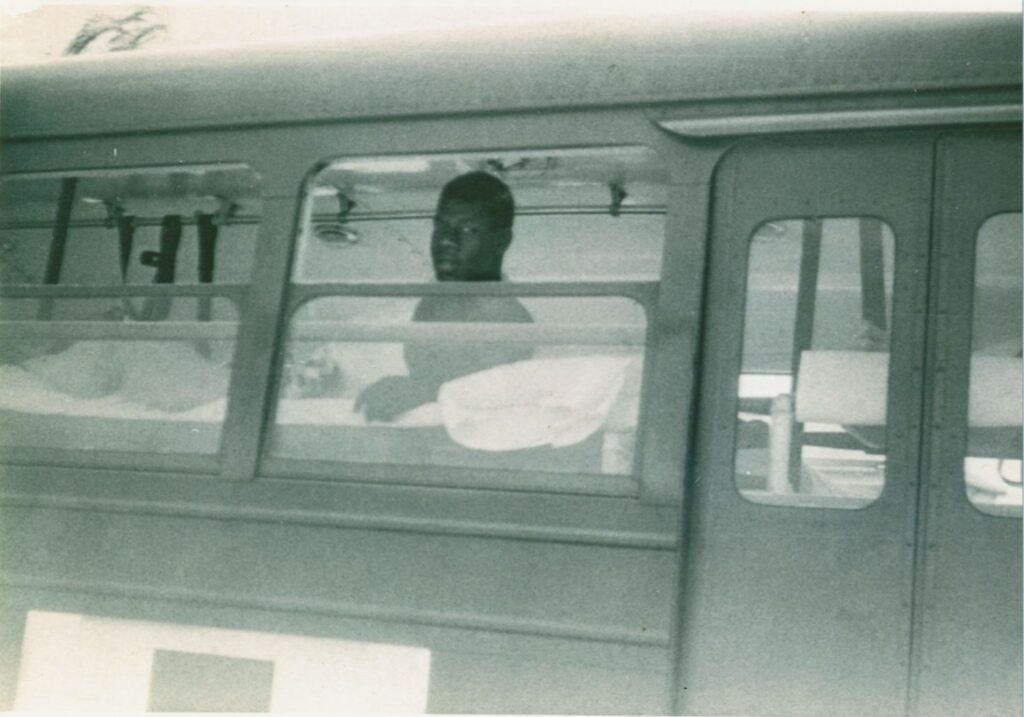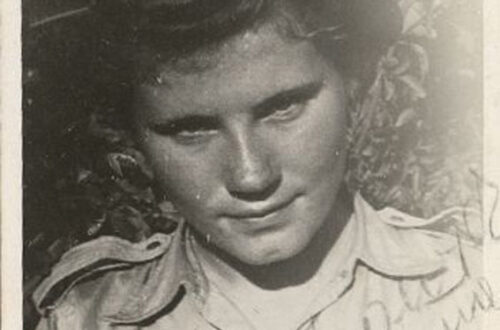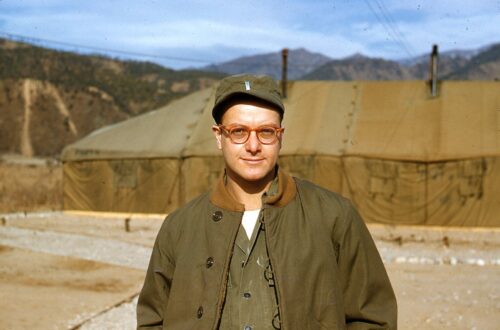
Stories: George Brown
On August 13th, 1952, George Brown found himself standing on top of Hill 117, somewhere northeast of Seoul, Korea. Part of an offensive that began at 6AM that morning, George and the rest of Company K, 15th Regiment of the 3rd Division had achieved their objective. A peaceful quiet fell over the scene.
A Chinese counterattack hit. Mortar and machine gun fire erupted around them, and George’s Sergeant screamed: his leg had been blown away. George grabbed the man from one side, while another soldier supported the Sergeant’s opposite side. The three were running for cover when another machine gun opened up.
Three bullets hit the Sergeant. Three more hit the man on his other side. And one bullet struck George in his right arm. All three went sprawling to the ground, and George rolled down the steep hillside. He finally came to a rest at the hill’s base, near the Imjin River.
Dazed and confused, and now separated from his unit, George started calling out for his friends. Finally, familiar faces. Not just any, but his brothers:
With the help of his friends, George made his way to the rear. George was stabilized at a field hospital before the journey to Osaka and a lengthy recuperation.
George spent 8 months in an Osaka hospital. His arm was set and began to heal. Eventually, a long flight back across the Pacific delivered George to a California hospital, and on to another in Massachusetts.
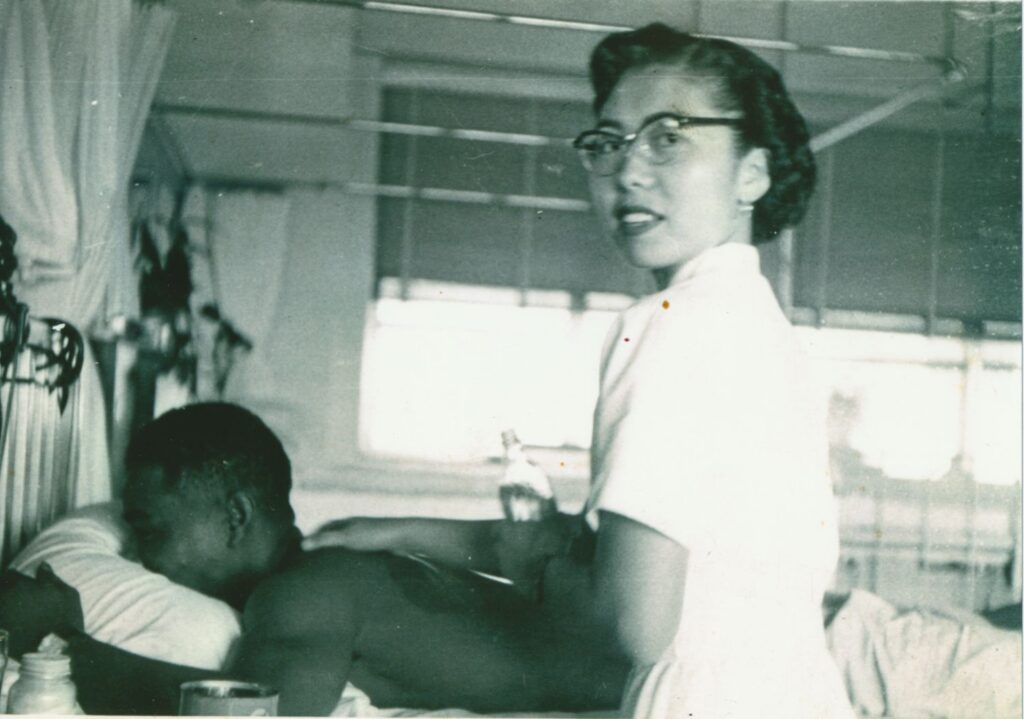
At Massachusetts General Hospital at Waltham, Doctors decided that his arm had been incorrectly healed in Osaka, so they reset it all over again:
George continued the long, slow healing process, regularly corresponding with his comrades in Korea. The news from the war was more of the same: treading water in a stalemate.
But for George the war was over. That being said, he was in no hurry to leave. In the hospital, and in the newly integrated US military, George felt much more at ease than he had in civilian life.
“The hospital was home”
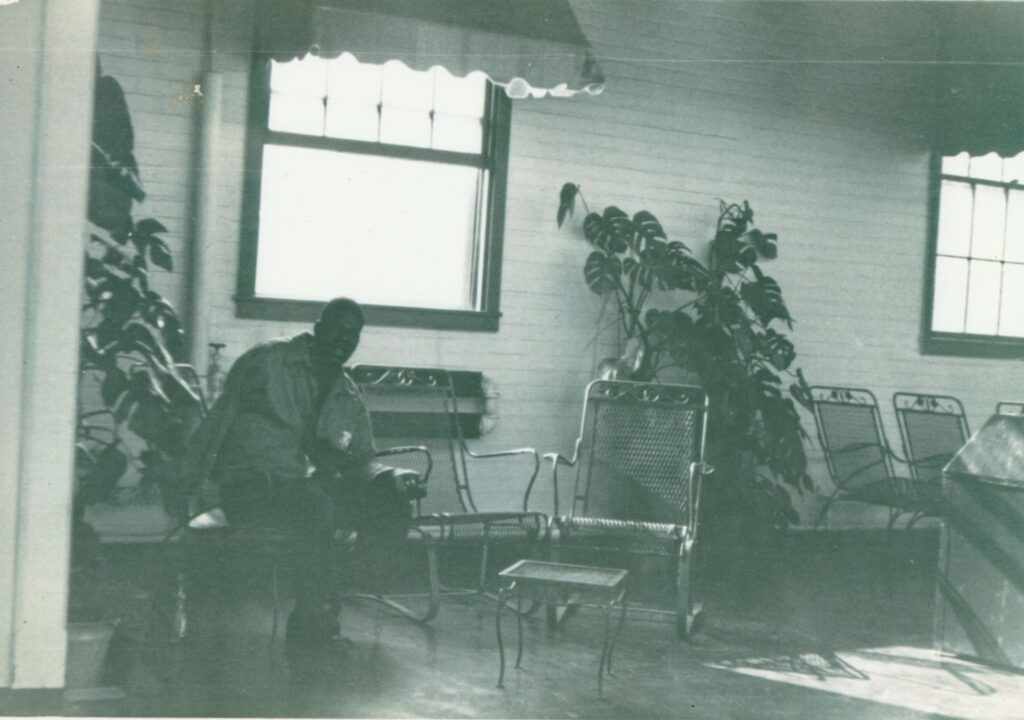
In the Army, George and other soldiers were treated with the respect due to any regular person. The same could not be said of 1950s America. Basic training had already included a racist run in alongside a New Jersey comrade:
Taking leave in his hometown of Stamford, Connecticut, George found himself on the wrong side of a movie theater usher and the local law.
These were hardly isolated incidents. In one particularly absurd scene, a policeman spotted George in uniform and tried to arrest him for impersonating a soldier!
These scenes were an unpleasant reminder that President Truman’s 1948 decision to integrate the military was ahead of many white Americans at that time. Indeed, many in the military initially greeted integration with skepticism, and only embraced the new policy when the Korean War increased manpower needs.
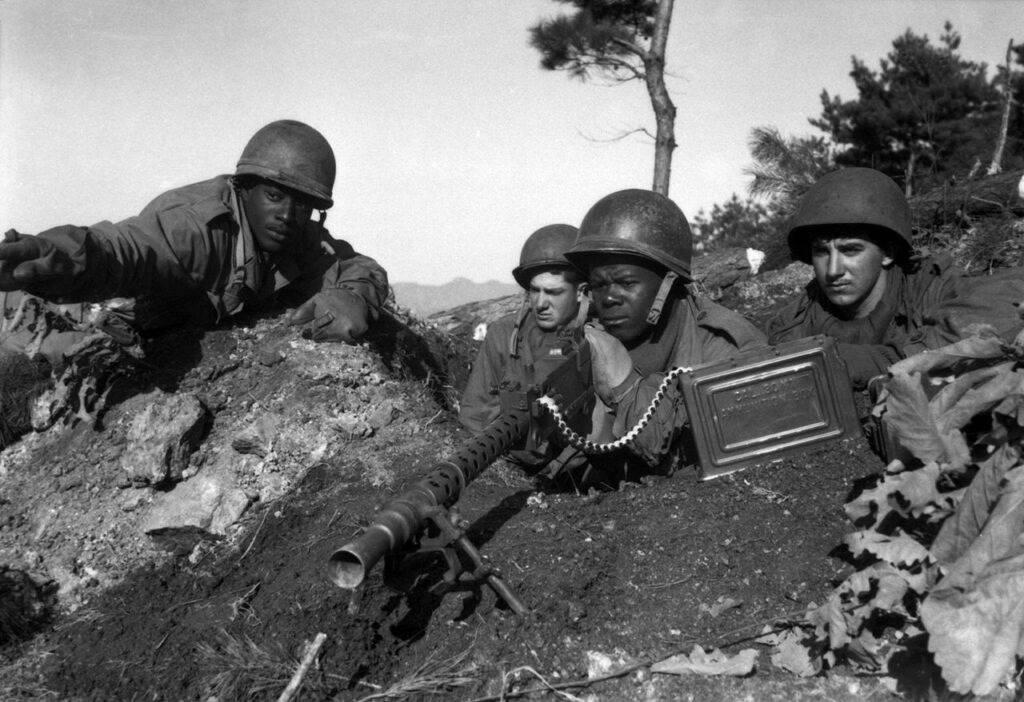
Military experience did change America, but it did so through the people who served. People like George came home feeling confident and strong, willing to do something about the society that dehumanized them. With integration, the Army offered a basic dignity that couldn’t be found in an American movie theater. After the war, George channeled his own sense of confidence into community service, forming a local youth group:
Like many, military service changed George. His physical wounds and lengthy recovery are a less glamorous, but no less common feature of war. But as he puts it, his service also gave him strength, confidence, and a broader mind:
“It made me aware, made me conscious of other living.”
